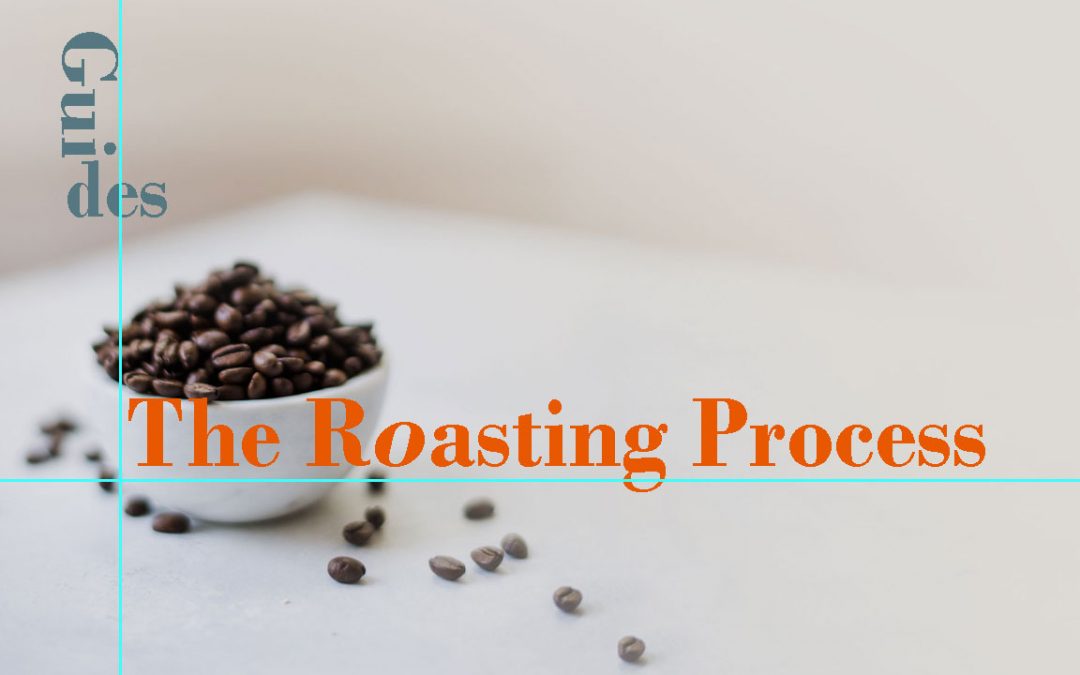The Roasting Process
This video details the process of the actual roast. Here, we talk about what happens, when. Roasts have the ability to pull out a number of different flavors, and where you choose to place your focus is really very much a choice. Here, we discuss the process overview, and why you might choose one roast level over another.
Specifics:
Different Phases of Roast
During the roast process, as the beans progress from green to full roasted, they generally go through three distinct phases. And all of these are very important to flavor.
In the first of the phases, the beans are beginning to dry out. Green beans come from the field at about 11% moisture. In this first phase, they are beginning to dry out. This drying phase occurs for about 40% of the roasting process.
The middle phase is not yet where the flavors are “tuned”, but it VERY much sets up that phase. Doing a dedicated job here enables the best of flavors to come. This is called the Maillard phase. Many years ago, the French scientist, Louis Maillard studied and described the browning reaction in cooking, where heat begins to break down the carbohydrates into the simple sugars. This is most noticeable, perhaps, in browning onions. However, there is a sweet spot to this in terms of speed, as a too-slow, or too-fast process will alter the reaction, and flavors. This phase of roast is also about 40% of the total roast, and very much defines the final flavors.
The final 20% of the roast is the actual roasting phase. At about 390º F, the reaction begins to progress on its own–exothermic. The gasses that are developing in the Maillard phase are now building up, and forces the beans to begin to crack, as they escape. In roasting, you will commonly hear the term “first crack” to describe this activity. It is often faint, but in terms of its randomness, sounds like popping corn. From this phase on the roast process is now fine tuned, depending on how dark you choose to go, and what flavors you’re looking to accentuate.
The Roast Levels and Choice
At this point in the process, you can stop at a number of different chosen levels, from Light to Dark. –And it is a choice; each of the levels has its own flavor characteristics. The levels are named, from Light to Dark, and there are a number of subset levels within that. At the Light level, the first is called Cinnamon Roast, followed by New England Roast. At Medium roast, these are first American Roast, and then City Roast. The Dark roasts then begin at one called Full City Roast, then Vienna Roast, then French Roast, then Italian Roast. Those latter two, are the ones that you commonly see in the major coffeehouse on your block, and you can recognize this by the presence of oil on the beans. But understand, it is a choice, and you very much begin to give up the characteristics of one level by the choice of another.
As the roasts progress, the beans will give way from the origin flavors of the beans–those natural, sometimes very exquisite flavors of that regional bean–and progress ultimately to simply a dark, roasty type of flavor. At that extreme, every bean will taste like every other bean, regardless of origin. So, we highly advocate exploring at some different levels, and looking for some of those flavors from that bean. Where we sell beans from specific origins, we will often discuss the natural flavors of that bean.
Degrees difference
Now, what you may find fascinating is that all of these stages are separated by mere degrees, and the progress can go very quickly, separated by seconds. Two seconds, one way or the other, can sometimes make a noticeable flavor difference. There is a small probe that extends into the machine for the very purpose of pulling a small sample at this stage. When the fragrances hit your targets, you’re done.
What, No Espresso Roast?
You may notice that in the mention of roast levels there was no discussion of the very popular Espresso Roast. That’s because, technically, this is not really a roast, but a type of preparation. It is different, but it’s not a roast level. This roast is actually well within the Medium range, but is a different process that accentuates the bolder flavors. The roast fundamentals are all still there, but there are some subtle shifts in the development stages, changing the flavor profiles.
We hope this all helps to bring a greater enjoyment to your coffee. Experiment around, and explore around in this wonderful world of coffee!

